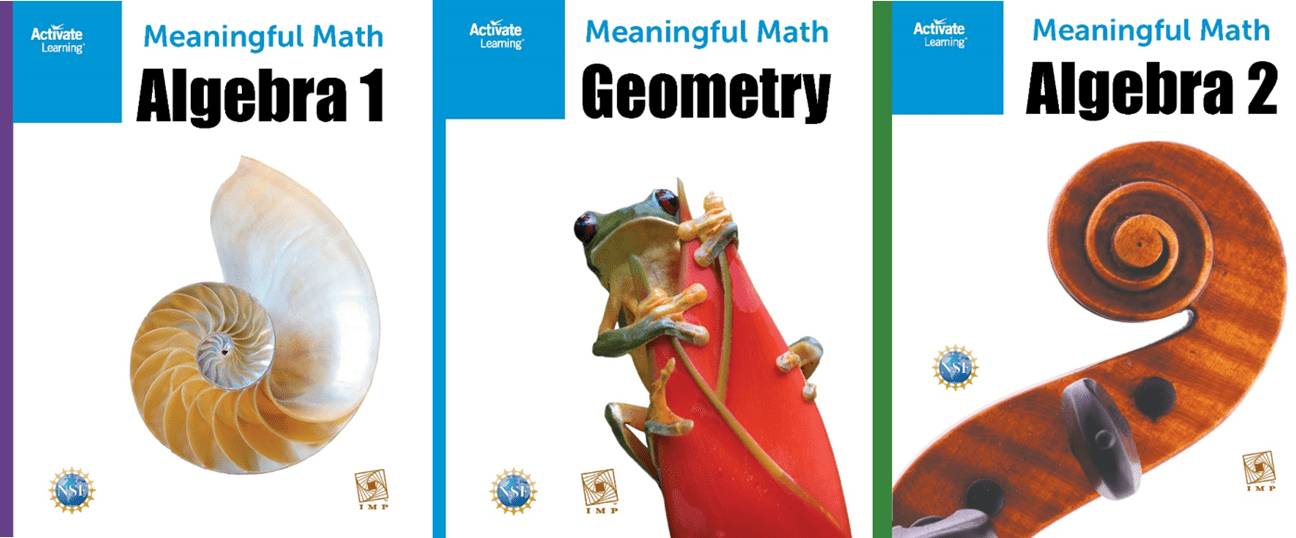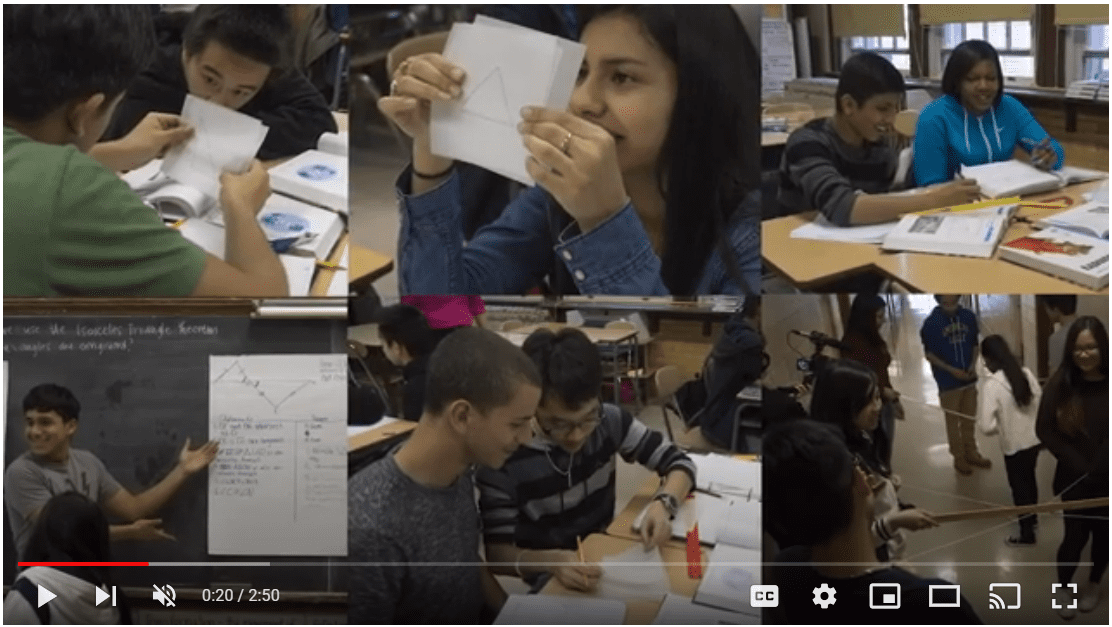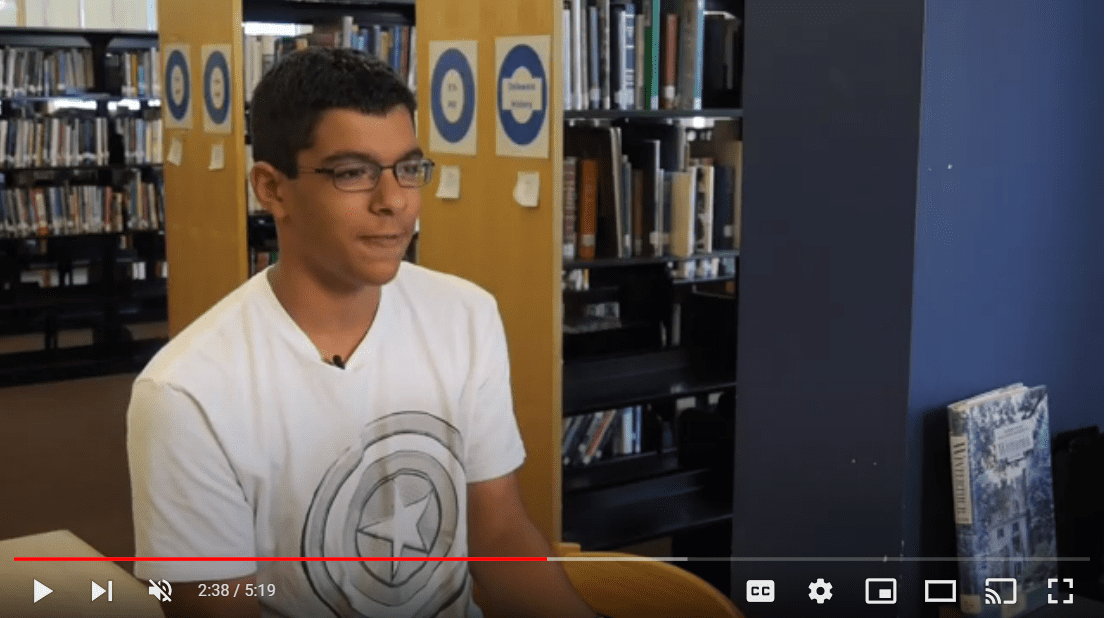
Meaningful Math®
The rigorous content of the Interactive Mathematics Program in a traditional sequence: Algebra 1, Geometry, and Algebra 2.
Available as a package or for individual purchase
E-Book
Professional Learning
Research-Based
Research-Proven
Designed and field tested with support from the National Science Foundation (NSF) and identified as “Exemplary” by the U.S. Department of Education.
Students are Active Learners
Students engage in problem-based learning with real-life, compelling contexts. Students experiment, investigate, and communicate as they actively learn together.
Total Support
for Teachers
In person and online teacher support, educational webinars, lesson modeling, and much more is available from our Professional Learning Team.
Need more info to decide if this the right curriculum for your district or school?
Curriculum Details
Interactive Mathematics Program’s proven content has been restructured and revised into a traditional pathway that fully meets the Common Core State Standards for Mathematics. These new courses are titled Meaningful Math and are comprised of Algebra 1, Geometry, and Algebra 2.
Interactive Mathematics Program® is one of three comprehensive high-school mathematics curricula identified as “Exemplary” by the U.S. Department of Education for providing convincing evidence of its effectiveness in multiple schools with diverse populations.
Meaningful Math Improves Student Achievement
Meaningful Math has demonstrated impressive student achievement and engagement with a problem-centered approach. Students across different ability levels showed superior performance results using a variety of measures.
Meaningful Math is Technology-Enhanced
The Meaningful Math curriculum incorporates graphing calculators as an integral part of the development of mathematical ideas. The calculators enable students to see mathematics and problem solving in a different way and allow them to focus on ideas.

THE OVERLAND TRAIL Students look at mid-19th-century Western migration in terms of the many linear relationships involved.
ALL ABOUT ALICE The unit starts with a model based on Lewis Carroll’s Alice’s Adventures in Wonderland, through which students develop the basic principles for working with exponents.
THE PIT AND THE PENDULUM Exploring an excerpt from this Edgar Allan Poe classic, students use data from experiments and statistical ideas, such as standard deviation, to develop a formula for the period of a pendulum.
COOKIES In their work to maximize profits for a bakery, students deepen their understanding of the relationship between equations and inequalities and their graphs.
FIREWORKS The central problem of this unit involves sending up a rocket to create a fireworks display. This unit builds on the algebraic investigations of Year 1, with a special focus on quadratic expressions, equations, and functions.
About The Authors
Select an author to learn more about their contributions to the fields of mathematics and education.
Dr. Dan Fendel is Professor Emeritus at San Francisco State University, having been an active member of the Mathematics Department at SFSU from 1973 to 2006. His career focused on in-service and pre-service training of K-12 teachers in mathematics, and he was one of the two primary authors of the Interactive Mathematics Program, a four-year, integrated, problem-based mathematics curriculum program for high school students. Dr. Fendel also helped create the comprehensive teacher professional development program which accompanies the curriculum. Throughout his career, he spoke regularly at mathematics education conferences, with talks internationally in Mexico, Chile, Israel, and Japan.
Additional Content

Newtown High School's Experience with Meaningful Math

